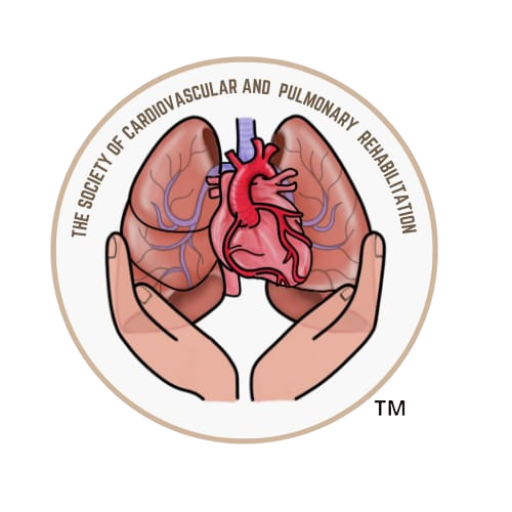Cardiovascular diseases are the leading cause of disease and disability in India. It has been reported through research studies that 50% of patients burdened with heart related ailments would be Indians.
What is Cardiac Rehabilitation?
Cardiac rehabilitation is a medically supervised program that helps to improve the health and overall well-being of people who suffer from heart problems. Cardiac rehabilitation is more than just an exercise program. It adopts a multidisciplinary approach to provide a speedy recovery post cardiac event and promotes long term changes in lifestyle which helps to modify adverse risk factors. Thus it restores an individual to the optimal physical, psychological, social and vocational state.
What does it consist of ?
Cardiac Rehabilitation has radically evolved over the ages from a person being advised bed rest after a cardiac event to monitored ambulation to a multi disciplinary approach that focuses on patient education, individual exercise prescription and dietary modification, psychosocial counseling and risk factor management.
Who is eligible for a cardiac rehab program?
Cardiac rehabilitation programs are appropriate for patients who have had a heart attack, angioplasty or stent placement, open heart surgery such as coronary artery bypass, valve replacement, or heart transplant, or those with implanted devices like AICD s or pacemakers or for people with a diagnosis of angina or heart failure and low ejection fraction.
Why is cardiac rehabilitation a must for all cardiac patients ?
Therefore while it is proven that regular exercise after a cardiac event can be safely performed it is necessary to individualize what is “Safe”?
During the course of cardiac rehabilitation not only the patient’s exercise capacity improves, but it also boosts the morale, in a safe and controlled environment. After an initial assessment of the patient‘s vital parameters and baseline exercise capacity, a gradually progressive exercise program is formulated.
Since the basis of heart’s electrical activity is the electrocardiograph (ECG), a device known as telemetry monitor is used to note the ECG during exercise .Therefore any deviation from the normal responses to exercise will be immediately noted by the rehabilitation specialist and preventive steps can be initiated.
Similarly careful monitoring of sugar levels and blood pressure responses before and after exercise is important to see if the response to exercise is physiologically appropriate.
Few responses are such that it could require a change of dosage of cardiac medications or anti diabetic medicines and/or insulin dosages.
So how long cardiac rehabilitation needs to be continued?
Ideally a combination of moderate dietary control and exercise regimen needs to be continued lifelong coupled with regular follow ups with the cardiologist as advised.
Some time even after years after a cardiac event the ECG can show certain changes in rhythm or heart rate with or without symptoms which need to be brought to the notice of the treating cardiologist. You may need six weeks, six months or longer to learn how to manage your condition and develop healthier habits. Many programs last only three months, but some continue for years.
What are the different aspects of the cardiac rehab program ?
Cardiac rehab is divided into four phases: – Phase I includes education of risk factors and emphasizes on early mobilization while in the hospital.
Phase 2 is a comprehensive outpatient based program which includes monitoring by telemetry signaling, and a combination of dietary modification, and yoga session .This phase can last for 3 to 6 months depending on patient condition and presence of other co morbidities.
Phase 3 and 4 are independent programs and aimed at maintenance of healthy lifestyle and a moderately active regimen yet supervised by a rehabilitation specialist. This is a very important aspect of the program wherein the patient can visit the facility at least once in a week for monitoring and supervision.
But I continue my regular walks , Is it not enough ?
Patents with established coronary artery disease such as those with prior MI, have increased risks of MI as well as noncoronary atherosclerotic vascular disease events, such as stroke, therefore an aggressive risk factor reduction is recommended for them.
Research has shown that those who continue with long term cardiac rehabilitation have improved quality of life and reduced risk of mortality.
Therefore as ascertained by the rehabilitation specialist you must visit the cardiac rehab facility for atleast once a week to be monitored for any latent ECG changes.
Therefore only walk is not adequate for a cardiac patient, you must be monitored on a regular basis and accordingly the exercise program , diet and medications must be reviewed.
While a heart attack is never a good experience, however with the right attitude and support it can be turned into a positive turning point in life. A cardiac rehabilitation program is very important in achieving this end. By helping you make the changes in your life that you need to make, a good rehabilitation program can help you achieve a level of health that may even be better than it was before your heart attack.
